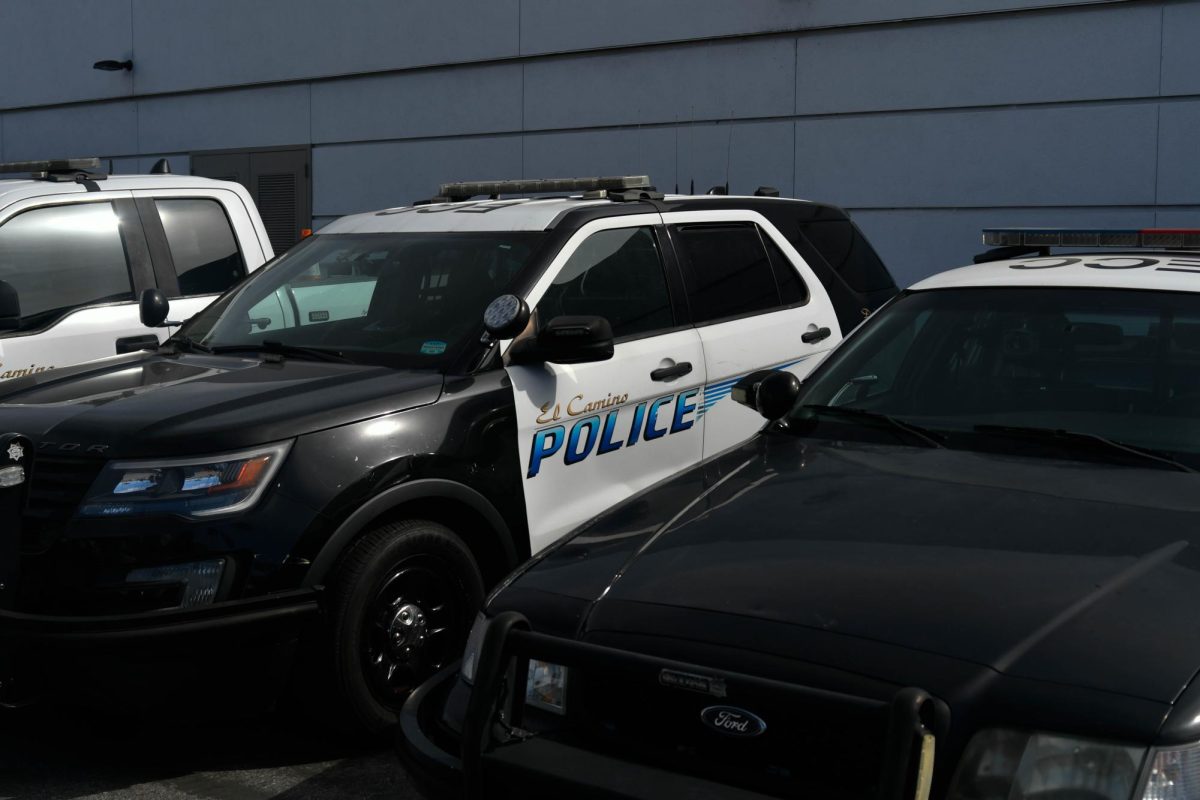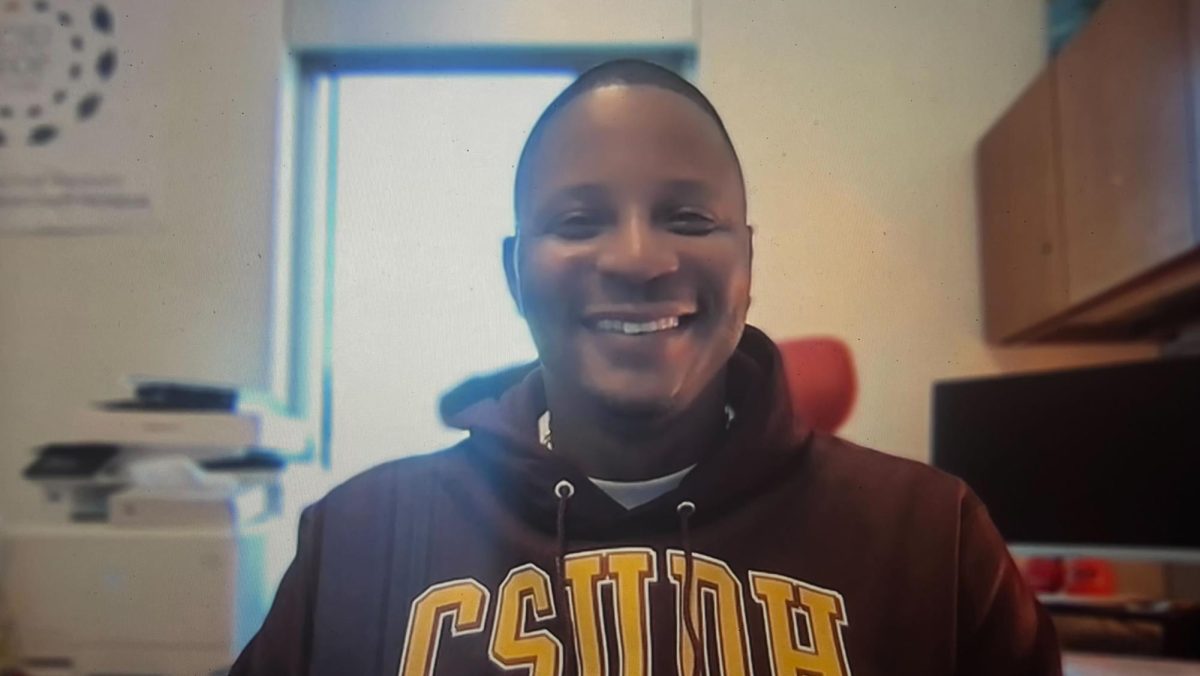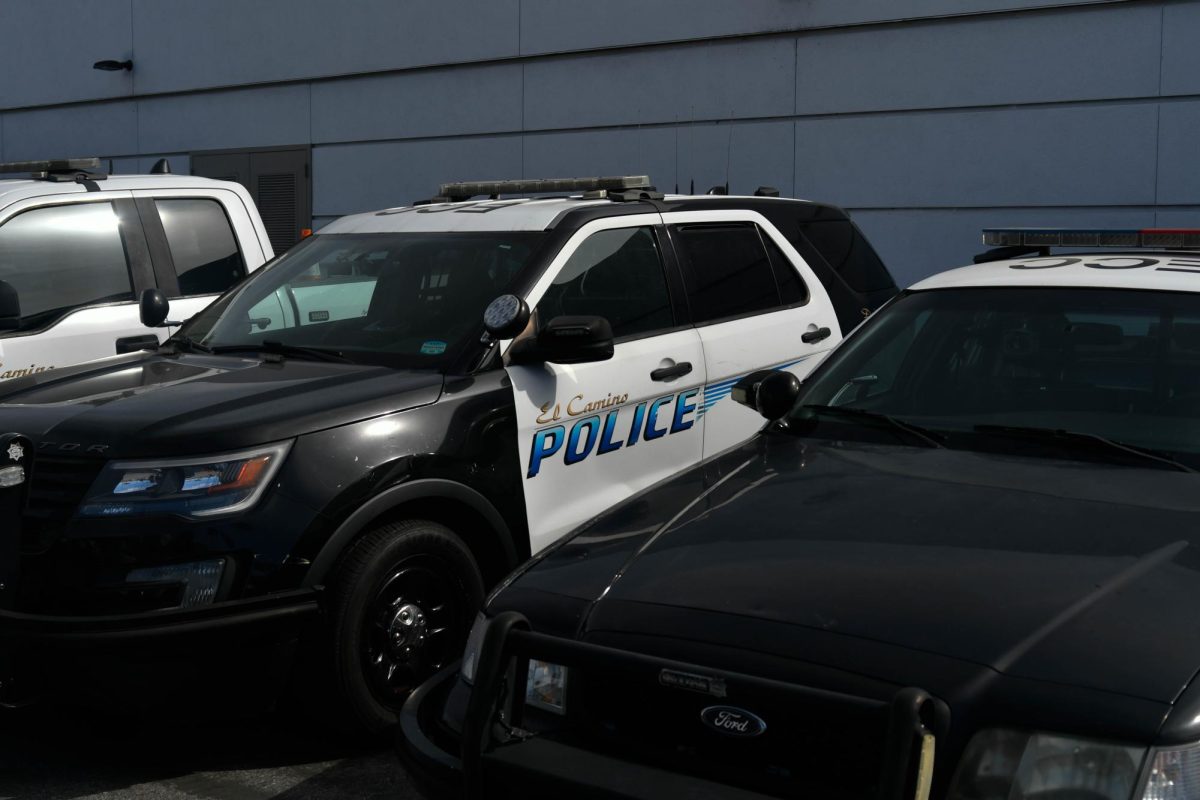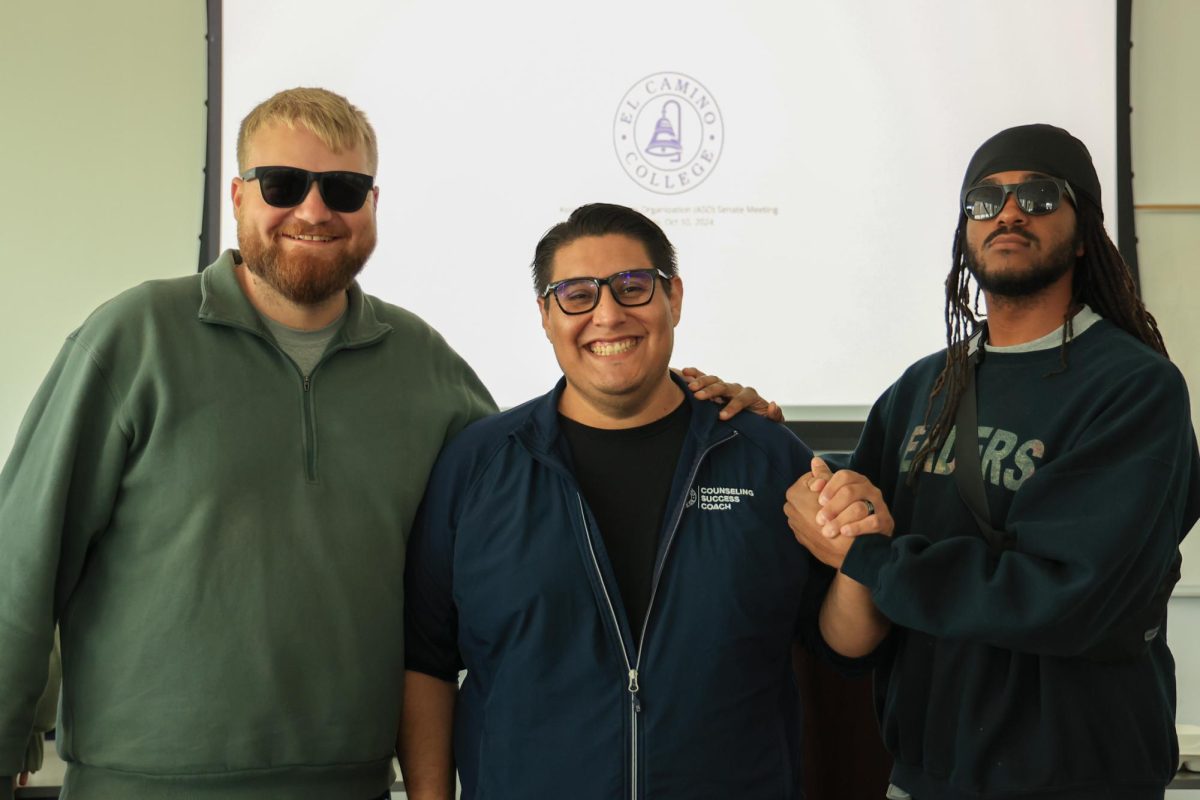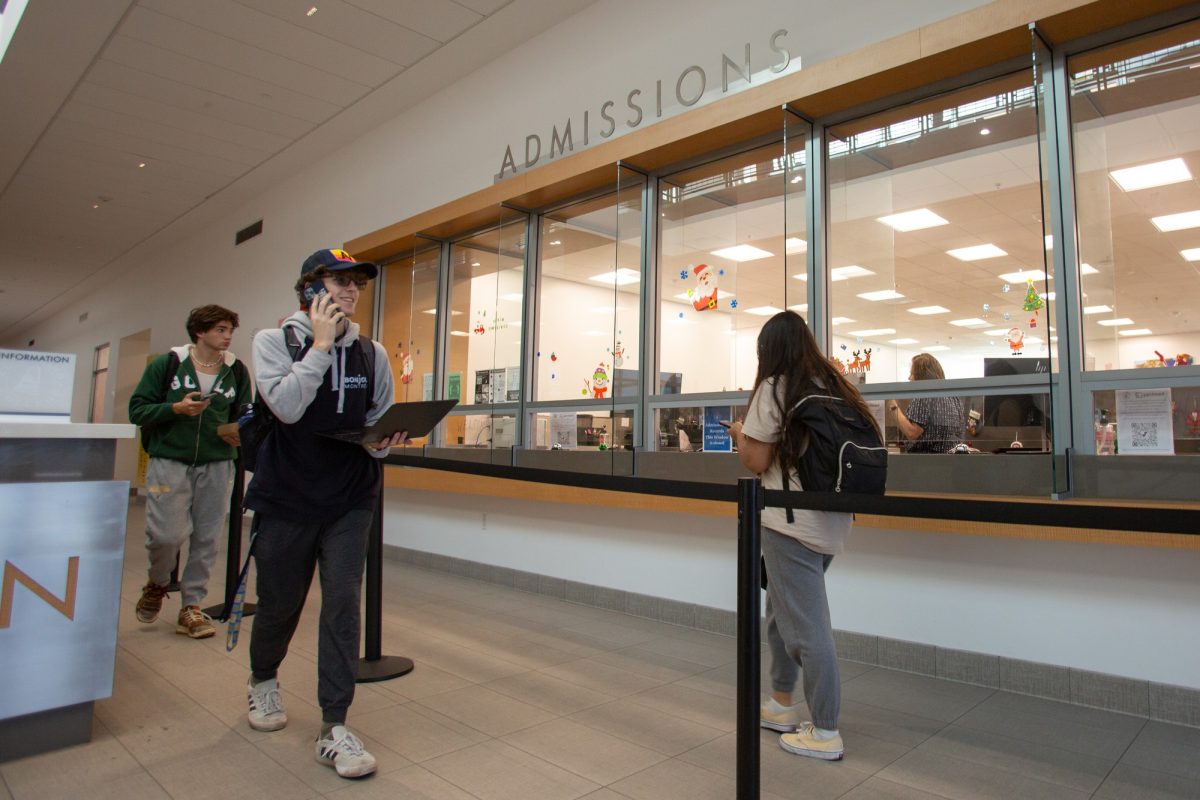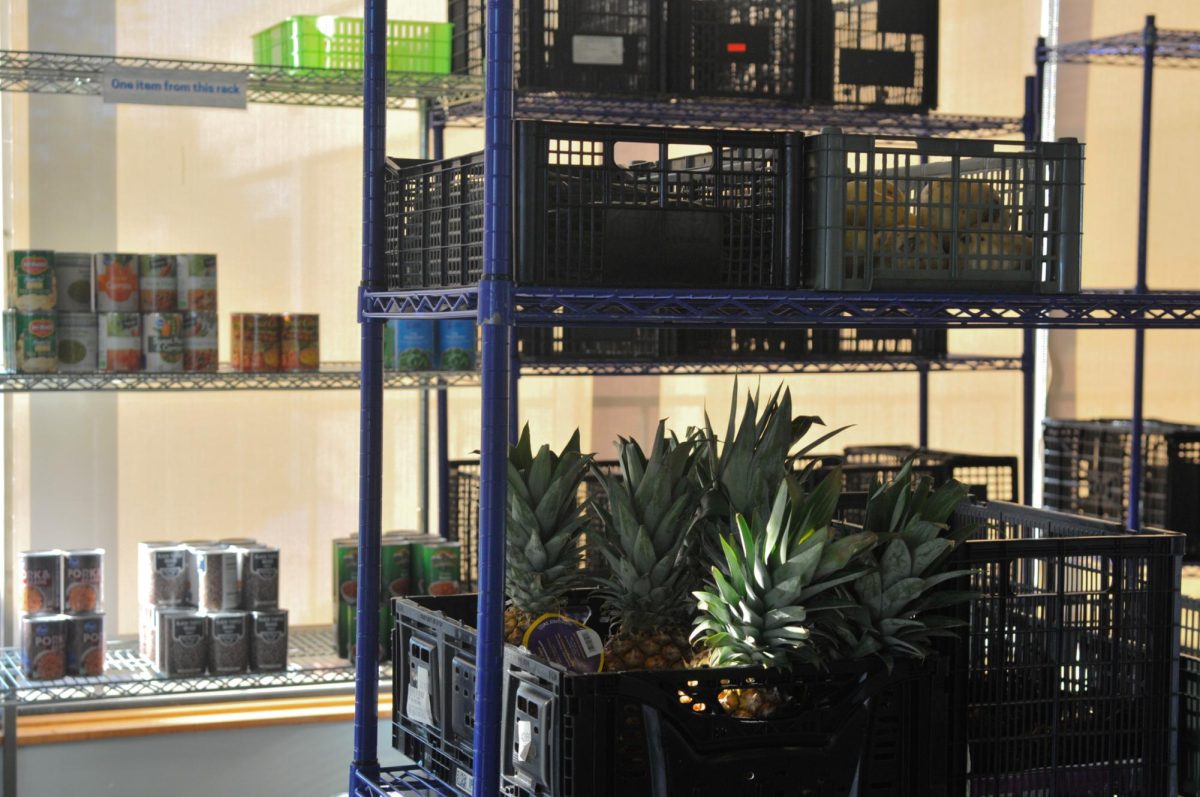For more than 40 years, the respiratory therapy program has given students a hands-on-approach to a medical profession that requires hard work and dedication.
Many students under Dr. Louis Sinopoli’s tutelage find the class interesting and exciting.
“It’s not like any other program on campus; it’s not just one plus one equals two; the class requires thinking,” Peter Haung, respiratory therapy student, said.
Respiratory therapy is a health care profession focused on cardio and pulmonary services to patients.
An Associate’s Degree is required in order to take the respiratory licensing test; other programs require a Bachelor’s Degree.
Students who take the respiratory program have a high pass rate among EC students, according to Sinopoli.
“(Our) licensing exam (pass) rate is above the national average; we tend to (score) at least 80 to 85 percent,” Sinopoli said.
For individuals who are interested in participating in the program, one must first pass one-year pre-clinical courses such as English and math followed by a year-and-a-half of respiratory classes and clinical care.
Clinical care is a method of learning in which students get a chance to apply the skills learned in class at local hospitals around the South Bay.
According to Sinopoli, a majority of EC’s respiratory therapy graduates work in the South Bay hospitals that are a part of the clinical phase of the program.
Harbor UCLA, which is the main medical facility, Torrance Memorial and Little Company of Mary encompass a few of the hospitals involved in student training.
“We turn out more than 15 -20 graduates a year and this program has been around more than 40 years, so you do the math (of how many EC graduates are working at area hospitals),” Sinopoli said.
There are plenty of jobs offered in respiratory therapy and one can make anywhere between $50,000 to $ 70,000 a year at hospitals nationwide.
“Students get exposed to the equipment here then use it in the work,” Sinopoli said.
Sinopoli also believes that the decline in people becoming a part of the Respiratory Therapy Program is due to the Internet boom, as everyone seems to be pursuing careers in technological fields.
“We are not turning out enough graduates and the Internet boom killed enrollment in respiratory therapy in the last two years,”Sinopoli said.
According to Sinopoli, after the Internet boom was over, young people realized that not everyone could become a part of the technology boom and began seeking alternate programs they could be involved in that would yield more jobs.
“When the Internet bubble burst, everyone was looking for what fields that (boom) did not happen to,” Sinopoli said.
EC’s program is not able to expand right now, so it does not have the labs or equipment necessary to support or maintain graduates and students every year in the Respiratory Therapy Program.
Especially for the clinical phase of the program, it would be insane to try and have 100 students doing clinical for one small program, Sinopoli said.
“All that is very complicated and we’re not going to get bigger,” Sinopoli said.
“We can’t just grow a bigger program.”
Sinopoli does concede that EC supports them with the latest technological equipment, while the students of the Respiratory Therapy Program believe that the program needs more money, since they share a room with the Radiology Program.
“The program needs more money because of limited resources (Respiratory Therapy) has,” Scott Free, student, said.
Overall, students find the program engaging and are thankful that they have dedicated instructors willing to give their time to teach the program.
Students also recommend not working at all, or very little if one is involved in the program or if one intends to become a member, as the program may rigorous at times.
“They teach you how to think and we have a lot of good people, most want to be in the medical field,” Huang said.
“We see each other more than (we see) our family.”



